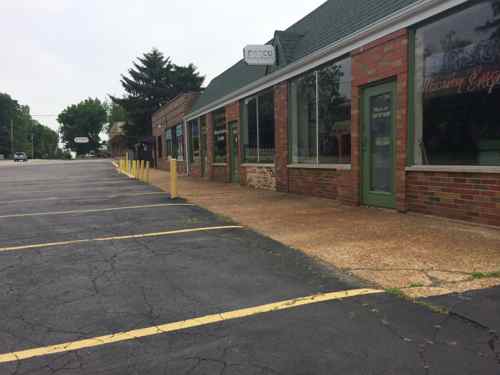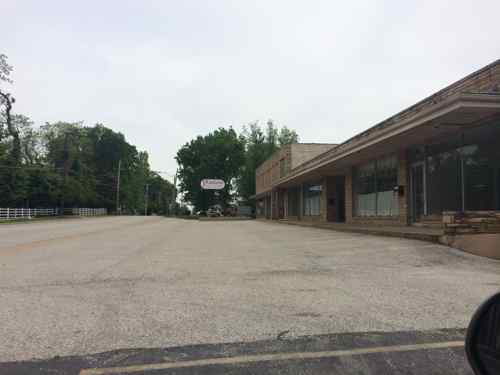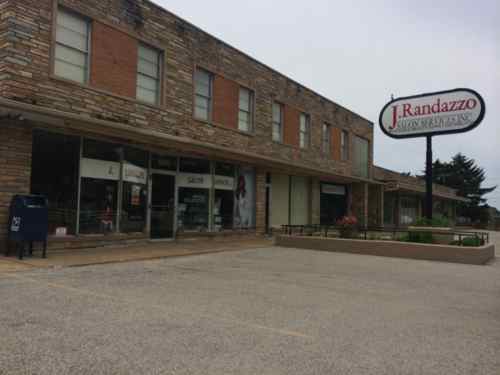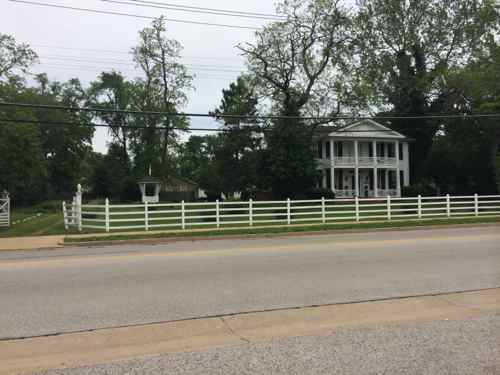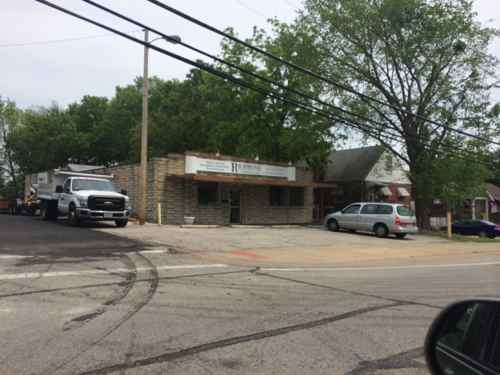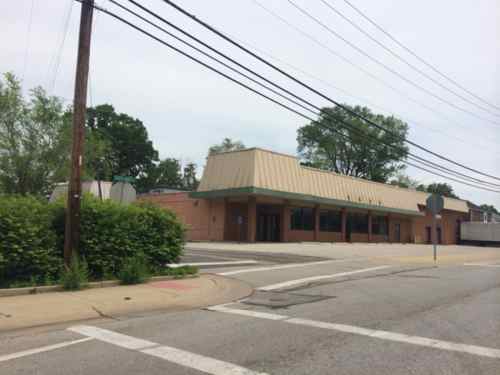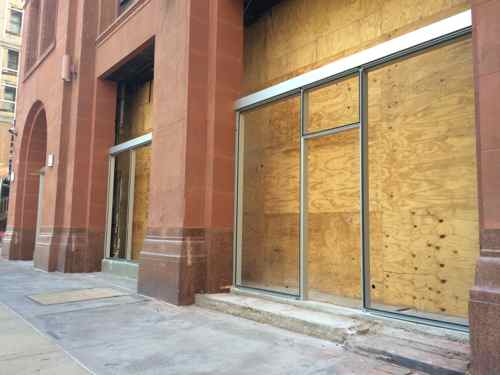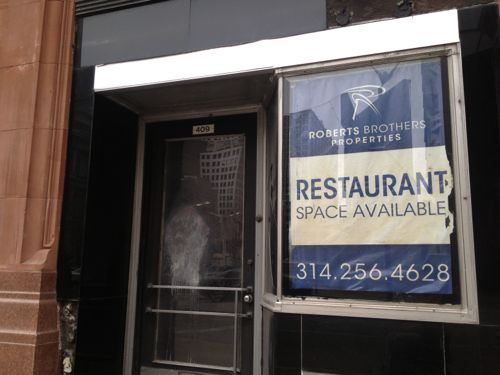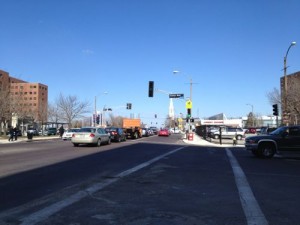Chicago’s Taxicabs More Interesting Than St. Louis’ Taxicabs
|
|
In a recent post I wondered if local taxicabs could be more whimsical to compete with the likes of Lyft, Uber, etc. It’s true nobody hires a vehicle because of a pink mustache, but they’re distinctive. This past weekend we were in Chicago for a few days. We drove up and parked in the garage of the condo building where we stayed — $84 for 48 hours with no in/out privileges. We walked and used the bus but we also took four cab rides. Taxicabs are everywhere in Chicago, no need to call and walk — just walk to the street and hail one. At least where we were staying.
Of the hundreds & hundreds of taxicabs we saw, I think only 1-2 were the Ford Crown Victoria that’s so commonplace in St. Louis. No wonder really, the last Crown Vic was produced in September 2011. Though large vehicles, they’re not any easier for me to get in/out of the backseat than any other 4-door.
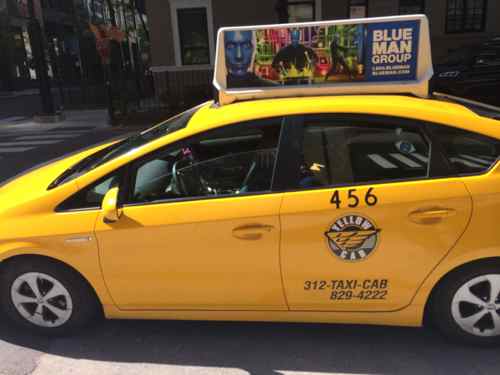
Of our four trips three of the four were in hybrids: Toyota Camry, Toyota Prius, and Ford C-Max. The fourth was a black town car that stopped for us. The most common taxicab vehicle was saw while in Chicago was the Toyota Prius. We also saw Ford Fusion Hybrid & Nissan Altima Hybrid. We saw quite a few of the modern/stylish VPG MV-1:
The styling looks like an SUV-ish riff on the traditional London cab, with a low-step-in (or roll aboard) flat floor and oodles of headroom. Dimensionally, it measures 8.0 inches shorter in length, 2.1 inches wider, and 18.2 inches taller than the Crown Vic. The rear doors swing open (90 degrees on the passenger side) to reveal a bench seat wide enough for three amply proportioned passengers. An optional ($349) rear-facing jump seat behind the driver accommodates a fourth, and standard anchoring plates are fitted to secure two wheelchairs, though locking down the second one precludes use of the right half of the bench seat. There is currently no provision for fitting a front passenger seat, though one is being considered, along with a passenger airbag. (Motor Trend)
I want to ride in one of these on our next visit in a few months.
It isn’t by chance that Chicago has so many hybrids, their approved vehicle list is either hybrids or CNG. Other creative taxicab examples in Chicago is using social media and free wifi:
In addition to tweeting, he also allows clients (or potential clients, as the case may be) to follow him on Google Latitude or Find My Friends so that people know wherever he is at any given time and can contact him when they need a ride. He offers free WiFi within his cab for iPhone and iPad users (“Don’t use your limited data!” he says), and plans to soon offer free WiFi for regular laptop users. Sometimes, as seen in the tweet above, Temuri gives discounts for his social media followers, and he always remembers who everyone is. (ArsTechnica)
The St. Louis Metropolitan Taxicab Commission doesn’t appear to have an approved vehicle list. I know St. Louis is a conservative town but more regulation to push taxicab companies into buying hybrid vehicles would likely prove better for the industry, the companies bottom line, and our air quality.
— Steve Pattersom
b
b
b
